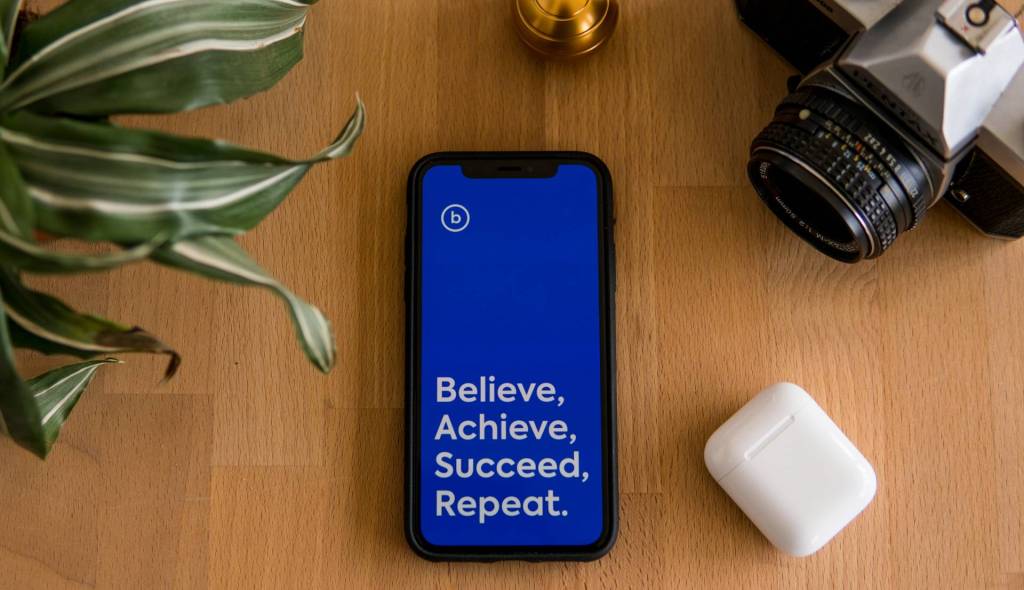You’ve likely heard this saying: “You never get a second chance to make a first impression.” And it’s true. You can’t take whatever you said or did back after all is said and done.
Here’s another one: “Fake it until you make it,” which speaks to bolstering your confidence until your skill set or accomplishments match up. When your first impression seems inauthentic or presumes power you don’t have, people can tell you’re not being honest. You’ve broken the most essential thing without ever earnestly attempting to build it — trust.
You Must Establish Trust From the First Impression
Trust is intrinsic to communication, development, improvement, growth and success in business. Remember, your leadership will set the tone for nearly aspect of the company. Fifty-one percent of workers present emotional dissonance on the job, acting out the emotions they feel are expected and appropriate for a professional environment or to survive work culture. It’s vital you don’t cultivate this element of negative work culture.
You may need to overcome impostor syndrome or calm your ego to give a meaningful and memorable first impression. Either way, trust remains integral, and here are a few tips for giving your best first impression as a leader.
1. Give a Warm Greeting, but Don’t Smile Creepily
Give a warm greeting, however brief, to show you can find commonality and connection among different personalities and in varying circumstances. Make eye contact. Give a confident, but not too tight, handshake.
Not a handshaker? Share a partial upturned smile for a great impression, since most people think extreme V-smiles or too many teeth are creepy unless you want to make your employees think you’re going to eat them for lunch. An asymmetrical or slightly crooked smile that shows a few teeth is fine, as long as it’s your genuine smile.
- Get Excited About Something
Do you genuinely care about what you’re saying? Do all the faces look the same to you now, no matter what company you work for? Does your heart still race and you turn white as a sheet in front of people after all these years?
If you lack energy, it will reflect on your audience — so if you want your employees to get excited about something, you should radiate it to your employees. If you wonder why everyone else gives you a lackluster greeting at your arrival, your presence and expression are likely failing to convey the energy that fuels passion and enthusiasm. If you care, so will they. Find a detail — no matter how small — and use it.
- Setting and Work Culture Should Inform Attire
Ask about and investigate the setting before you show up. What are the dress and work culture like? Do employees dress business casual or in full suits? What about C-level employees? Is there a clear difference? What about when you are client-facing? Will you meet with clients that day?
Define professional dress according to the setting and work culture, as well as your personality. Don’t obsess over these factors, but don’t forget them, either. In a more laid-back work culture, if it’s a day you know you won’t have client meetings, dress cleanly and professionally, but forgo the full business suit.
Accessories also add personality and communicate little details. For example, geometric details on a tie or jewelry can communicate structure, innovation and personality.
- Wait
Silence establishes presence, so you don’t have to communicate authority by talking to fill up space. It also shows you’re taking in your surroundings. Add a thoughtful smile and express your appreciation for the talent in the room. Everyone will feel welcome and valued, and you will appear approachable and open.
Pauses also accentuate important points and lend weight to them during talks, presentations and conversations. Pausing also helps if you have a problem with using too many verbal fillers or if you feel a tad nervous because you want to make a good first impression as a leader.
5. Tone Signals Trustworthiness
People can base their impressions on tone of voice in as little as 500 milliseconds because human fight-or-flight instincts are so finely tuned. Wasting time trying to decide if a voice is trustworthy or untrustworthy risks survival. While you don’t have control over the length of your vocal tract, you do have control over your eyes, smile and tone. Use a clear, confident voice with a warm tone for a great first impression.
As you make the next move, focus mindfully on the first impression you would like to give. What impressions have you left behind for prior shareholders, fellow leaders, employees and clients? How does that inform your reputation today?
Is there anything you’d like to change going forward? From body language to tone, your first impression is essential to building trust, which will play a part in cultivating a healthy work culture and morale, open communication and productive staff.
Forget faking it until you make it — you’re already there. Lead with authenticity, and these tips will help you communicate the rest to make the best first impression as a leader.













